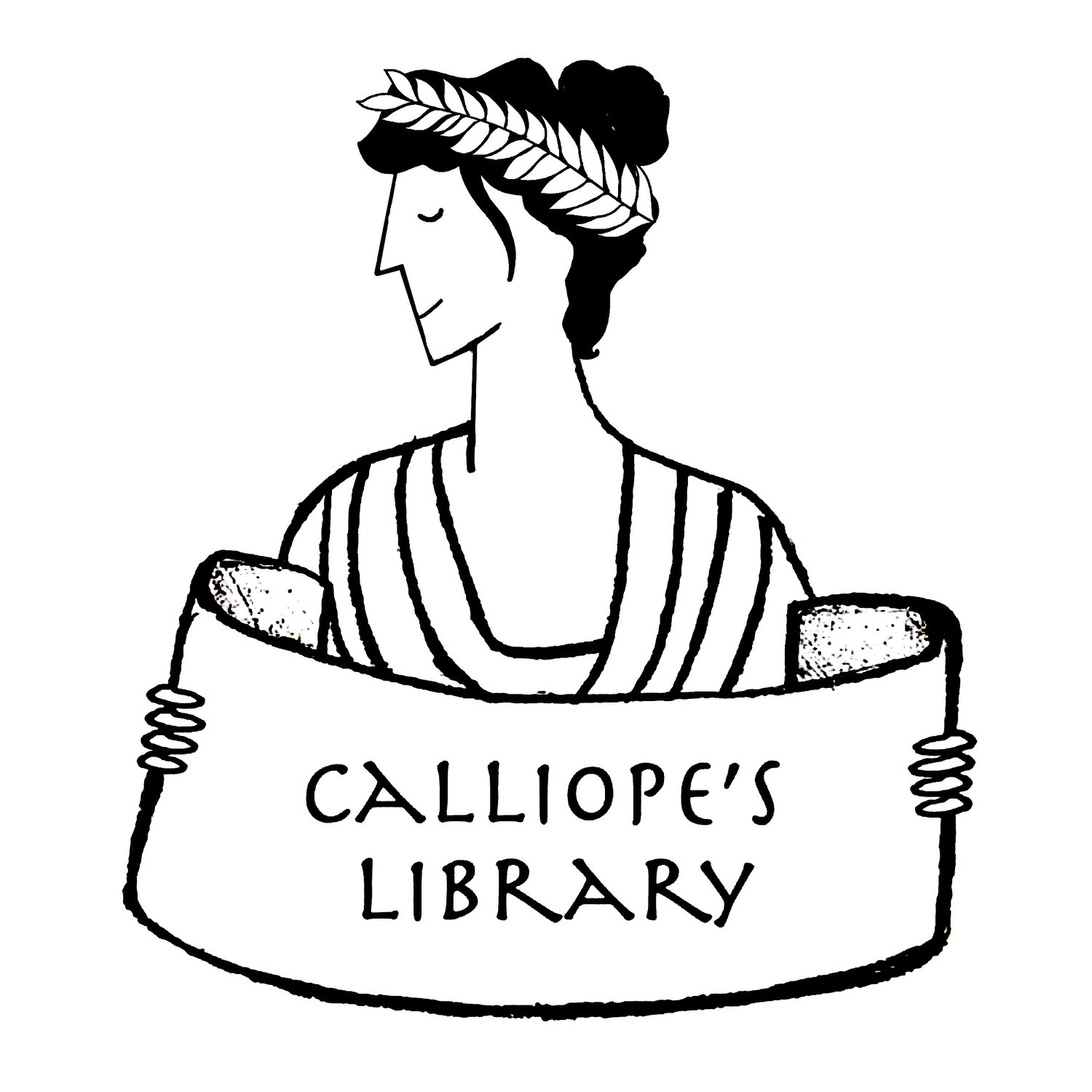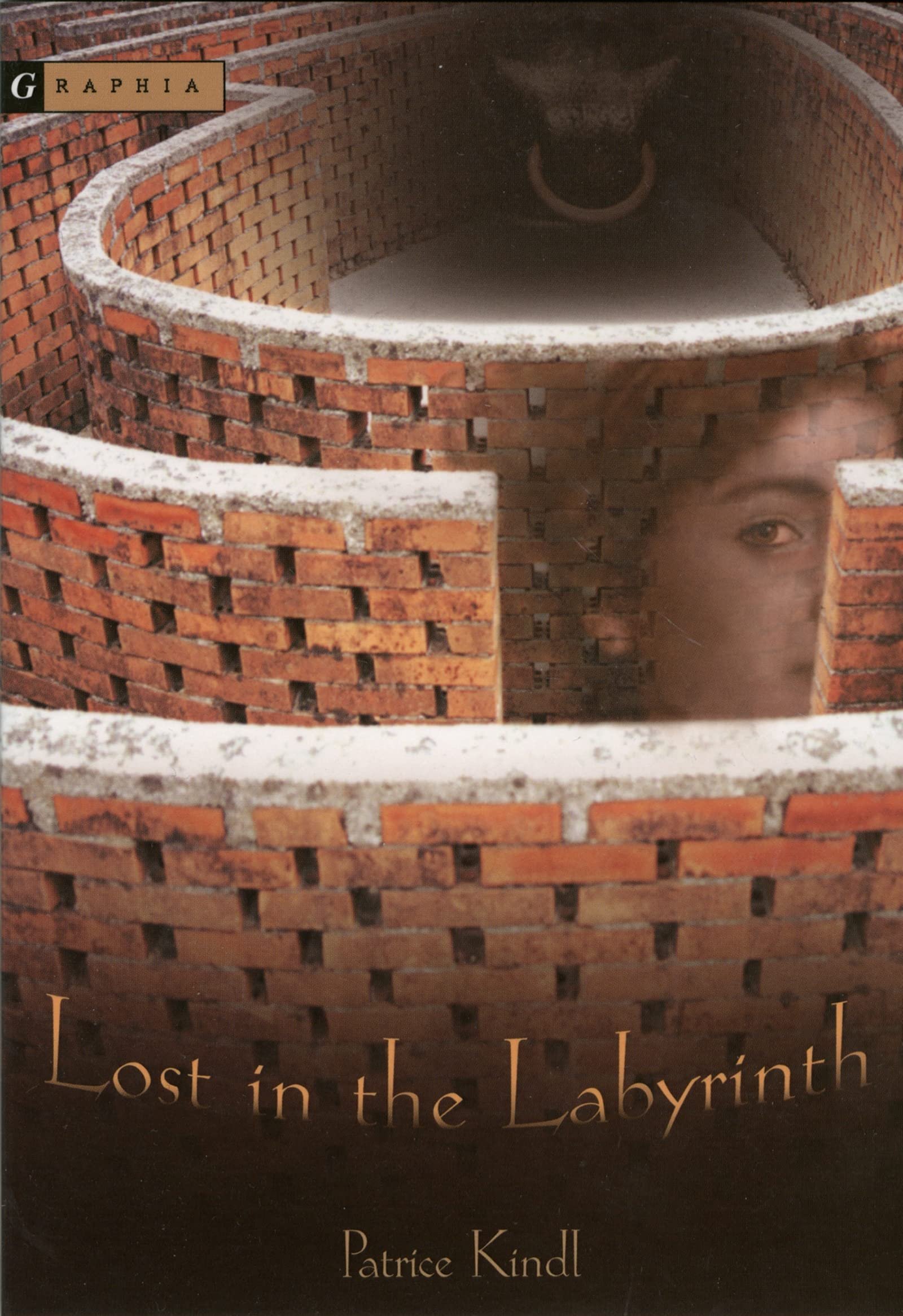Title: Lost in the Labyrinth
Author: Patrice Kindl
Date: 2002
Tags: Middle grade, Novel, Mythology, Ancient worlds, Theseus and the Minotaur, Female lead, English
This book is a retelling of the myth of Ariadne, Theseus, and the Minotaur (among others) from the point of view of one of Ariadne’s sisters, Xenodice. It is also a story about the comforting lies that people tell themselves, rather than face unpalatable truths.
Author Patrice Kindl draws on Minoan archaeology and the theory that the people living on Crete had a matriarchal society to create a Knossos ruled by Queen Pasiphae, where Minos is only her consort and general. The ancient Greek author Apollodorus actually includes the name Xenodice in a list of Minos’ children, which shows just how well researched this book is. Kindl’s Minotaur is treated by the rest of his family as a child with special needs, although that doesn’t stop his mother from exploiting him for political gain, and the Athenians “sacrificed” to him are both his caretakers and a reminder of Knossos’ maritime superiority. The Crete of Greek mythology, where King Minos feeds Athenian youths to a monstrous Minotaur, is a rumor among the patriarchal Athenians that stems from resentment at Knossos’ colonialism. Without giving away any spoilers, the theme of deception continues on the individual level, as all the characters make choices based on false visions of their and their allies’ good intentions. Ariadne in particular is guilty of this. She sees herself as a romantic heroine saving her beloved from peril, and she is sure of her happily ever after.
Kindl doesn’t hide that Ariadne’s romance with Theseus will end badly. It would be a difficult story to read, if it weren’t for Xenodice’s insights. She is kind where others are cruel, and consistently makes good choices and tries her best to protect her family even as her options narrow. Making her the POV character solves the common problem with retellings of the Minotaur Myth, i.e., that all the characters are kind of terrible. She’s a pleasure to spend time with and provides some hope in an otherwise tragic story.
Lost in the Labyrinth retells almost all of the Greek myths associated with Crete in this story, not just the central Minotaur myth, which makes for a rich, interesting read. I’ve studied Classics for more than 20 years, but even I learned something new. I can’t recommend it enough. – Krishni Burns


